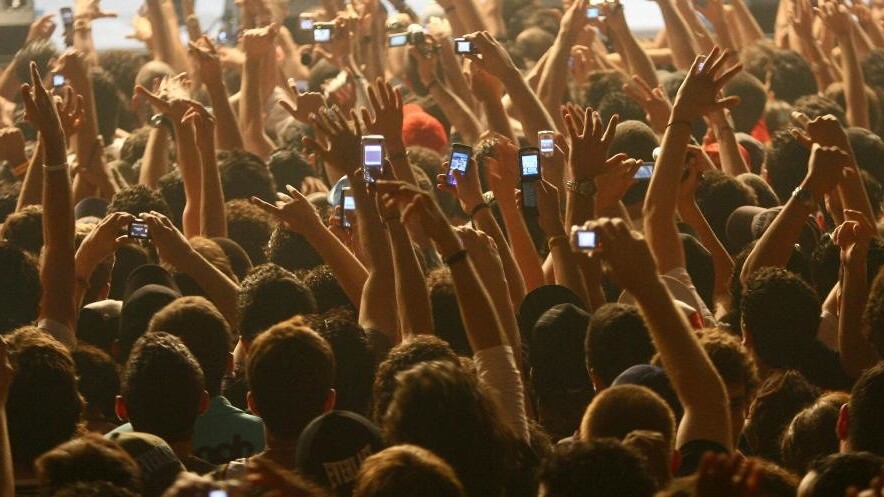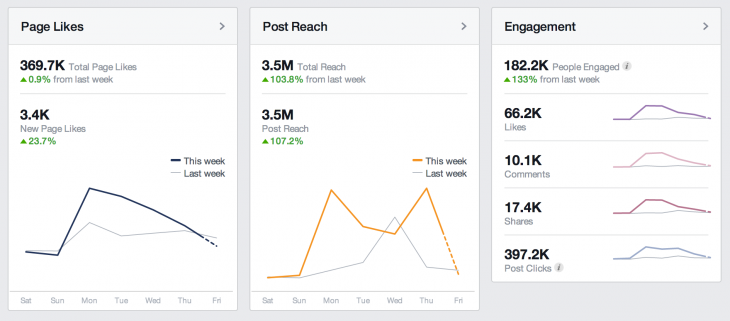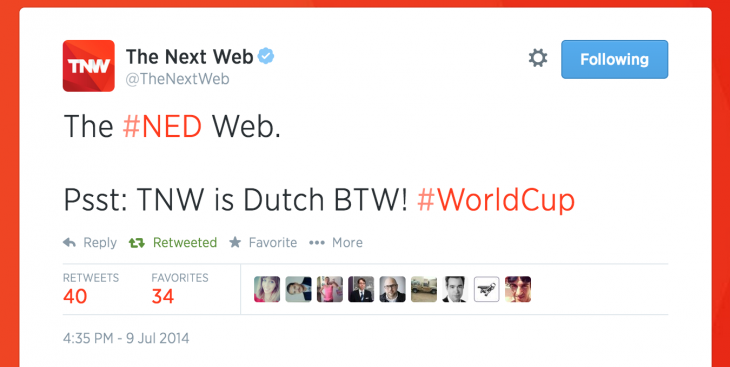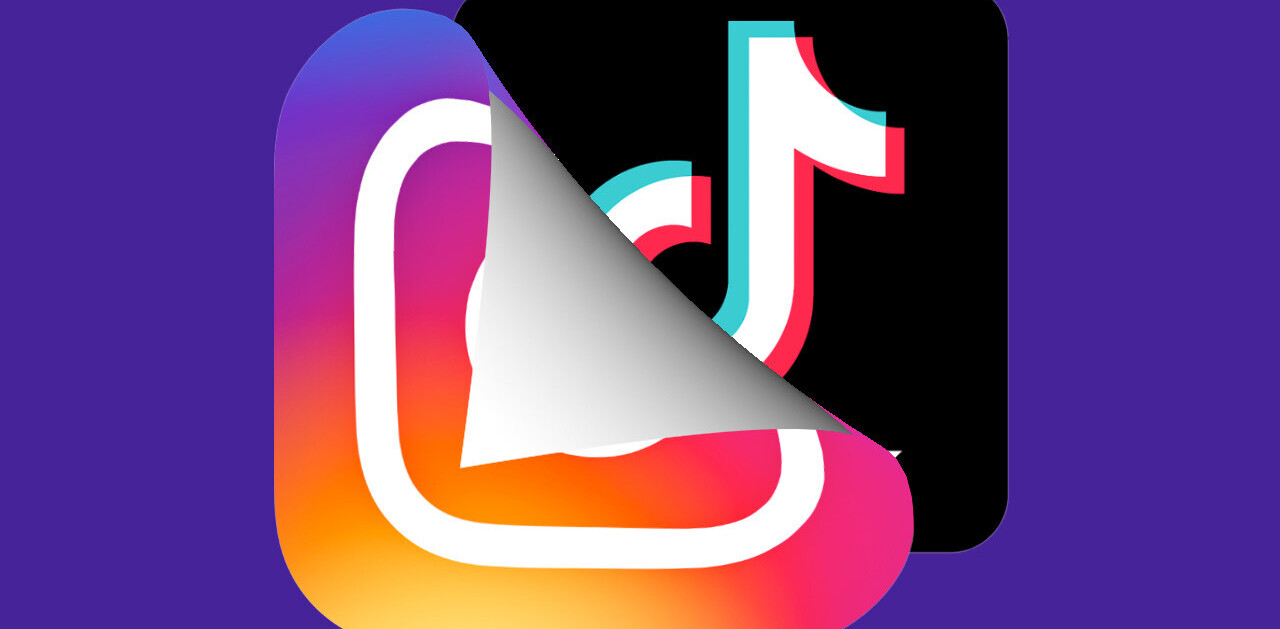
Rick Liebling is Head of Global Marketing for Unmetric, leading marketing initiatives across the brand, product and content communication strategies.
Garbage in, garbage out: a pithy phrase that captures the notion that flawed or incomplete data inputs invariably lead to flawed conclusions. In the social media world, this truth has never been more important as 1) brands look to turn ones and zeros into actionable insights; 2) ‘big data’ loses its cachet; and 3) ‘smart data’ comes to the fore.
If you want to stir up a lively debate among today’s social media gurus, simply broach the topic of reach and engagement. Is Facebook engagement for brands up or down since the social networking behemoth tweaked its News Feed algorithm? It all depends on whom you ask.
The statistics used to bolster either viewpoint depend on multiple moving variables. What brands were analyzed? How many brands were analyzed and over what time period? It’s quite easy to follow the numbers to faulty conclusions without examining things a bit closer.
In order to bring a potentially fuzzy picture of social engagement into sharper focus–regardless of whether the data shows it heading north or south–brands must first consider (and answer) two critical questions:
- How exactly do we define ‘engagement?’
- Are all social media metrics created equal?
Is it really engagement?
In the wake of Facebook tinkering with the amount of brand content that shows up in news feeds, it’s tempting but inaccurate to use the terms ‘reach,’ ‘interactions,’ and ‘engagement’ interchangeably when analyzing the outcome. Claiming engagement is up or down and then using reach and interactions to prove the case is comparing apples to oranges.
While certainly interrelated in several ways, reach refers only to views and potential views. According to Facebook’s definitions, engagement is more synonymous with interactions i.e., any type of click on a post. However, a further and important distinction can even be made between interactions and engagement.
It’s easy to infer from surface data that engagement is up (or down) for any social network if we simply lump all interactions together (including vanity metrics such as clicks, fans, followers, and likes) and call it ‘engagement.’ But even if we count all interactions as engagement, it’s still easy to arrive at misleading conclusions if we fail to examine the correlation between the percentage of interactions and rising number of fans or followers.
For instance, if a brand with 80 million fans gets 4 million interactions in January (5 percent), then in June when they have 85 million fans and get 4.25 million interactions (still 5 percent, but a gross increase of 250,000), did engagement really increase in a meaningful way?
The value of different metrics
One billion: this is the reported number surpassed for World Cup-related Facebook interactions (including posts, comments and likes) between June 12 and June 29. Wrapping everything up in a single, albeit large, number like this works if we just want to get a quick snapshot of total social activity produced by everybody around a large and trending event.
However, brands that want to get serious about measuring performance must go beyond raw numbers and look at the different metrics for what they represent in the larger engagement picture.
When it comes to measuring engagement, the status quo for many is the above approach used to quantify World Cup interactions. Regardless of the formula one uses to measure engagement, we must start with the fundamental premise that not all metrics hold the same inherent value.
Treating all metrics equally can generate quick conclusions, but those conclusions can be misleading for a brand looking to benchmark their content’s engagement against their own previous content, or that of their competitors.
Standalone vanity metrics such as clicks, fans, followers and likes aren’t nearly as valuable as comments, shares or retweets–interactions that can be more accurately defined as meaningful engagement.
The fact that content was potentially viewed by a lot of people is a good start, but can’t be the sole arbiter of engagement. Metrics must be weighted differently in relation to each other in order to come up with a more accurate way to measure and benchmark engagement.
The methodology and weights that brands assign to different metrics can and should vary depending on individual priorities and objectives. For example, a brand that poses a question to its fan base might want to assign a higher weight to comments than shares if measuring qualitative feedback is the goal.
Another brand running a social media contest might care more about driving reach and maximizing total exposure, so might weigh shares over comments.
These weights can be changed according to the content, campaign or channel. Because there’s no one-size-fits-all secret formula, it’s important for social media managers at brands and agencies to have access to a platform that allows them to customize the weights and values of different engagement metrics.
Parting thoughts
Beyond the issue of how one measures engagement, brands ultimately need to focus on another core truth. Good content garners good engagement. You can spin the numbers all day long, point to the algorithms of Facebook and Twitter, but in the end, brands must be dedicated to creating compelling content that informs, entertains and provokes action. Data and measurement are simply one part of a virtuous cycle.
Insights from smart data and proper measurement informs and helps brands plan better content, and subsequently, each newly minted piece of content generates new data. That said, flawed or incomplete measurement can certainly mix up the cycle.
So, how do you measure engagement?
Get the TNW newsletter
Get the most important tech news in your inbox each week.








